How To Care For Your Timber Fencing
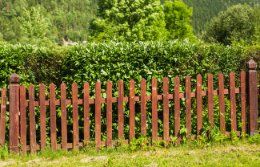
There are many factors to consider when caring for timber fencing, including preventing rot and termites and cleaning and maintaining it properly. The following article offers some helpful tips for caring for your timber fencing. Also, be sure to read the instructions on the label of the products you buy, so you can be sure to do everything right.
Preventing rot
If you have a timber fence, you must take preventative measures to prevent rot. Rot can be caused by various factors, including prolonged exposure to moisture and soil - this causes the wood to deteriorate and weakens its structural integrity. Fortunately, you can prevent rot by taking some simple steps.
First, inspect your fence. Look for any rotten sections and replace them. You can do this by visiting a hardware store or hiring a professional. Rot can spread quickly, so it is crucial to fix any problem quickly. To prevent further rot, you should also clean the affected sections of your fence. You can also stain the affected parts to restore them to their original colour.
Several types of fungi can cause wood rot. While some fungi cause wet rot, others cause dry rot. The latter is more severe and can spread to other house parts. If you notice any signs of rot on your timber fence, you should consult with a professional immediately.
Another critical step in preventing rot on timber fencing is to treat the posts. It is best to use a copper naphthenate-based preservative that is non-toxic and safe for the garden. Apply the preservative liberally to the posts, especially the bottom one-third of the post, where most water splashes. Then, if needed, hire a fencing contractor to replace the posts.
You can also prevent rot by choosing suitable wood for the posts. Although you can buy inexpensive wood at big stores, a lumber company can recommend the best wood for your climate. Among the rot-resistant woods are cedar, redwood, and mulberry. Avoid untreated wood for your timber fence - this type is more difficult to maintain.
Protecting wood from termites
Termites can do a lot of damage to wooden fences. They feed on the wood in your yard and build colonies, causing more significant damage if left untreated. Fortunately, there are several things you can do to prevent termites from infesting your timber fencing. You can protect it by keeping plants away from the fence, burning leaves and wood, and avoiding standing water.
Termites will eventually eat your timber fence, which can cause it to look unsightly and not work as intended. The most effective way to prevent termites is to apply a coat of primer - this will act as a barrier between the wood and the pests, so applying a coat of primer after the first coat dries is essential. If you can't afford a termite-resistant paint, consider using a natural repellent, such as catnip oil. This oil will not only repel termites but also enhance the look of your timber fence.
Termites prefer moist and damp areas, which can be attractive to them. Mulch and plants can create a path to the wood, which they can use to reach your fence. Instead of protecting your fence from termites without the chemicals, you can plant termite-repellent plants near the timber.
Another method for preventing termites from infesting your timber fencing is to have regular inspections. Termites live in various habitats, and a thorough inspection will prevent an infestation. If you notice termite droppings on your fence, they probably live in a nest inside it. You can even hear them making hollow noises or cracking.
While the most effective termite repellent is a continuous treatment of all timber surfaces, regular inspections are vital. Termites need a constant supply of water and wood to thrive. So, if you see a leak, get it fixed immediately. Termites can cause severe damage to your property.
Cleaning
If you own a wooden fence, you can extend its life by regularly cleaning it. To clean it properly, you must use the correct cleaning products. Bleach and oxygenated bleach are both suitable options. The mixture must be applied with a prominent painter's brush, and it is vital to allow the solution to stand for 15 minutes before cleaning. You can rinse it thoroughly with water using a hose.
Cleaning it will be easy, depending on the kind of wood in your wooden fence. However, it is crucial to clean it regularly to avoid mould and moss formation. It would be best if you also used the proper cleaning solution that will not damage the plants and landscaping in your yard. You should also always read the instructions and use protective equipment.
Before applying paint or stain to your fence, clean it first. It would help if you allowed the wood to dry before you applied the stain or paint. Regular cleaning will extend the life of your fence and ensure it looks as good as new. Cleaning timber fencing regularly will help you identify potential problems before they occur.
The first step in cleaning timber fencing is to remove the algae and mould growth. Algae and mould growth on timber fences can significantly cause rotting, and you can remove them easily by washing them with a mixture of water and chlorine bleach. Alternatively, you can use a commercial wood cleaner to deep clean wooden fences. This type of product is available online or at your local hardware store. Make sure you follow the manufacturer's instructions to ensure the best results.
When cleaning timber fencing, you should use a combination of mild soap and water and a scrub brush. Make sure not to spray the solution directly on plants as it may damage them. When the solution dries, use a garden hose to rinse the area. Then, apply a protective coating of wood preservative.
Maintaining
Whether you've recently installed a new timber fence or have an older one in your yard, you should be aware of the necessary maintenance. To maintain your timber fence, keep it clean and free from debris. You can use a hose to clean it off, and if you cannot hose it off, you can scrub it by hand. Ideally, you should do this task on a sunny, warm day.
First, make sure the surrounding area is properly drained. The soil should slope away from the fence post base. Next, please clean it every two to three years to remove dirt, moss, and mildew. Consider recoating the fence with a UV inhibitor. If this is not possible, consider using a power washer to clean the wood.
Regular maintenance is essential to avoid the rotting of the timber. Water is the biggest enemy of wood, and the longer it remains wet, the faster it will rot. It can also be attacked by pests, such as termites and carpenter ants. Exposure to sunlight can also bleach and dry it. A regular cleaning program can prevent these issues before they start. Following these simple tips, you can maintain your timber fence for years.
A good maintenance schedule includes walking your fence once a month and checking for any penetrations of the coating. If you notice any paint peeling or chipping, it's best to get permission from the owners of the adjacent property before you carry out the work. If you spot a problem early, you can quickly fix it using a wire brush to remove any paint. Then, apply a coat of primer or rustproof paint over the affected area.
Repairing
The first step to repairing timber fencing is to remove the broken panels or rails. Depending on the extent of the damage, this can be a simple task or a more difficult one. A hammer or claw hammer can help remove most pieces, while a saw may be needed to cut around a damaged piece. Common causes of broken fence panels include split timber palings, rotten posts, insect infestations, or impact damage.
Often, wooden fences require extra bracing to keep them from shifting during storms. Because the earth beneath fences is never perfectly flat, it can force fence posts out of alignment. You can reinforce the posts using a metal post-rail connector or apply a wood preservative to prevent rot.
Depending on the severity of the damage, you may need to replace or repair the fence posts. The cost will vary depending on the type of damage, the type of wood, and the number of posts. Cleaning and maintaining the posts will keep the fence from becoming an eyesore and may save you money in the long run. Nevertheless, it will take some time and effort on your part.
Depending on how long your timber fence has been in place, it may be necessary to replace some sections. A leaning fence can be a sign of structural damage, while loose nails may indicate that the fence needs complete replacement. Regardless of the damage, it is vital to address these problems as soon as possible.
While wood rot repair can be relatively straightforward, you can still spend hundreds of dollars if the wood is affected by termites and fungi. In addition to treating the wood, you may also need to replace panels.
If you want timber fencing installed or repaired your existing one, call us at 02 4202 6317. We are here to help!
You Might Also Like

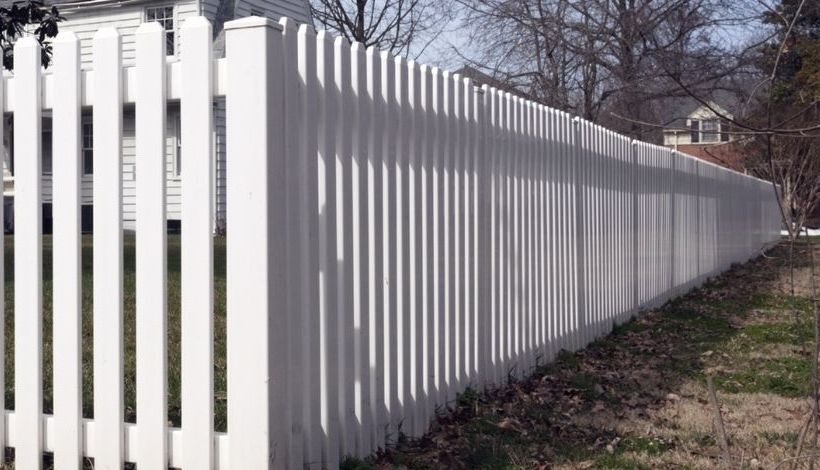
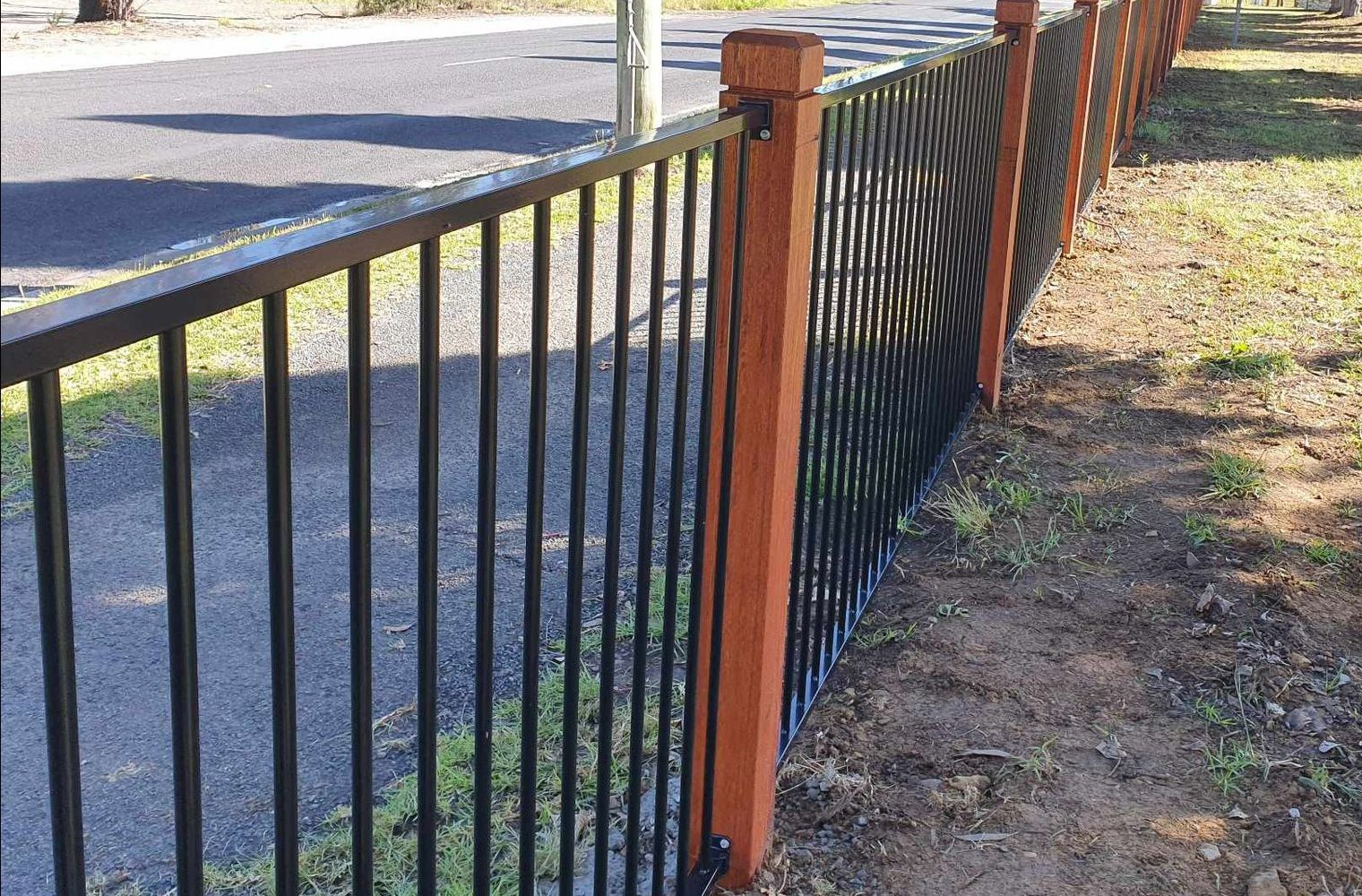

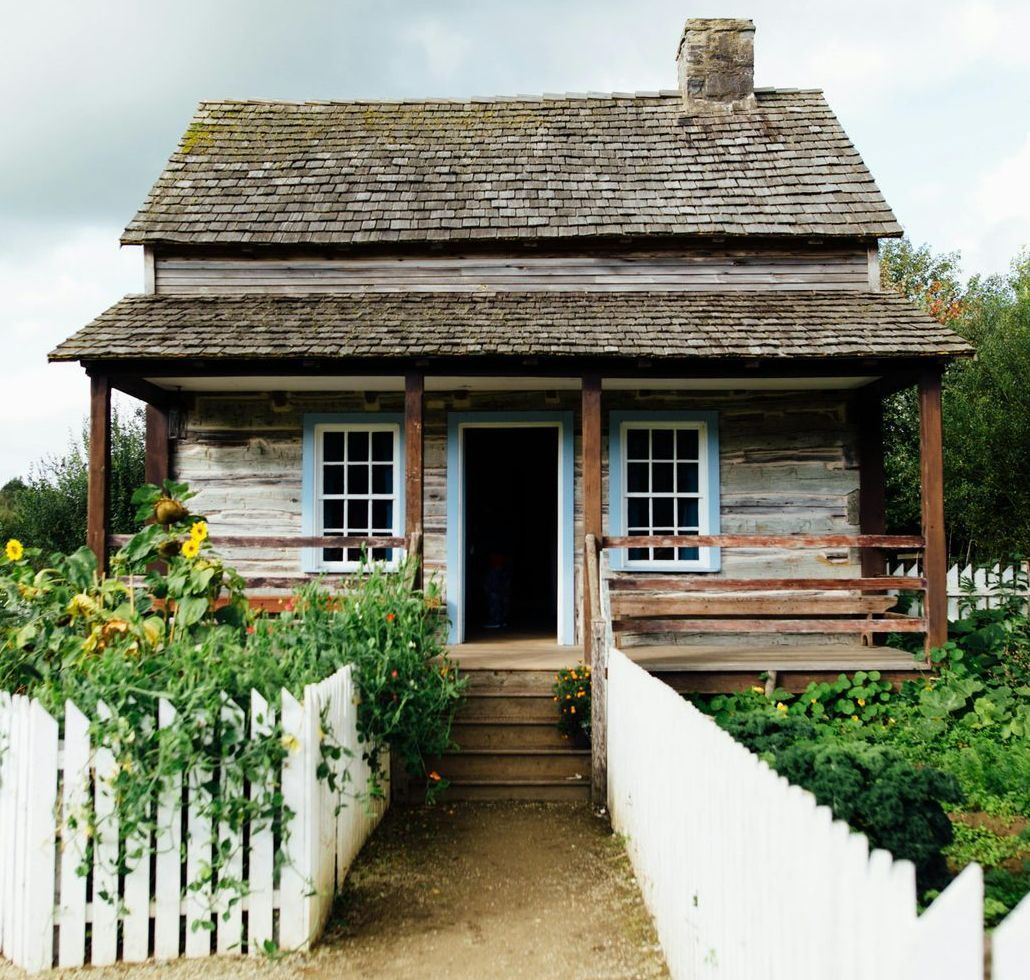

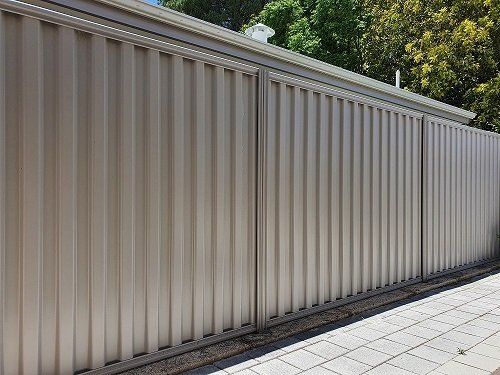
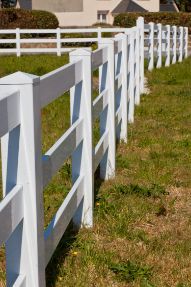

Free Instant Quote
**plus FREE bonus coupon**